13-year-old schoolboy patents a solar battery "on Fibonacci numbers"
Thirteen-year-old child prodigy Aidan Dwyer from New York State invented a new design of high-efficiency solar cells .
The student studied the natural manifestations of Fibonacci numbers . His attention was attracted by the fact that the leaves on the branches of trees are arranged in the form of a repeating spiral in a strict mathematical order .
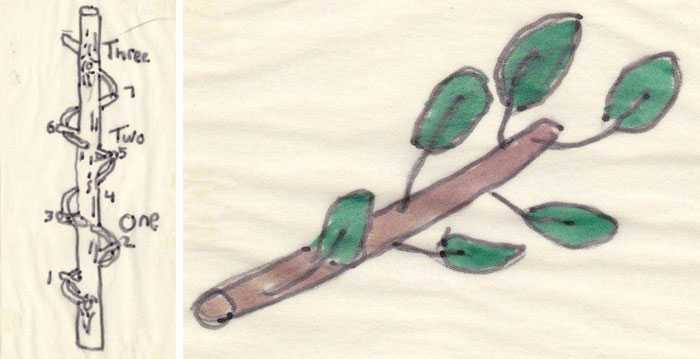
')
The location of the leaves is described by a fraction, in which the numerator and denominator are included in the Fibonacci sequence: 1/2, 2/5, 1/3, 3/8, 5/13 (this phenomenon was first described in the work of the Swiss biologist Charles Bonnet in 1754) .
An inquisitive boy designed a device for measuring nodes on branches and collected experimental data from samples that he found near the house.

The theory was confirmed - indeed, the location of nodes is always described by a function with Fibonacci numbers.
The guy became interested in this topic and tried to find the answer, for what reason nature uses this mathematical formula in the design of trees. Immediately came to mind the idea of photosynthesis. Perhaps the Fibonacci sequence allows you to arrange the leaves in an optimal way to absorb the maximum amount of light in a moving light source (the sun).
Aidan Dower decided to test this thesis with the help of photocells. He used the formula for the arrangement of oak leaves in a computer model of a solar battery, where photocells are located instead of leaves.
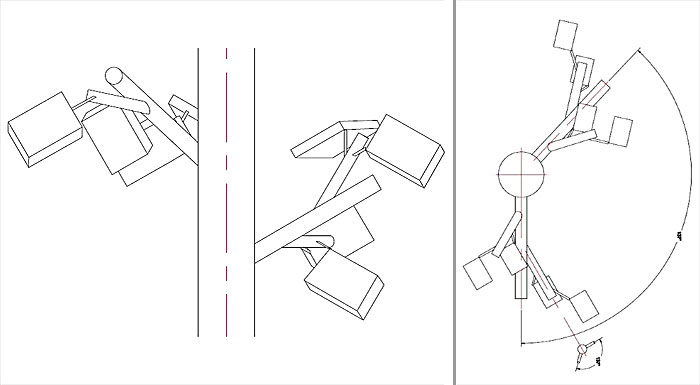
Then Dwyer designed a real solar panel for this model. The idea was to compare the effectiveness of such a battery with a conventional solar battery, where all photocells are parallel to each other.
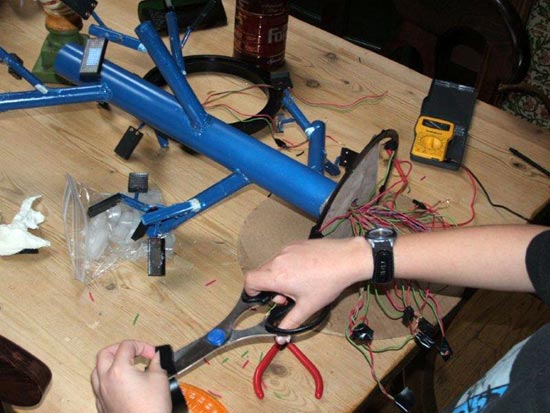
The schoolboy also made an ordinary solar cell from the same photocells.
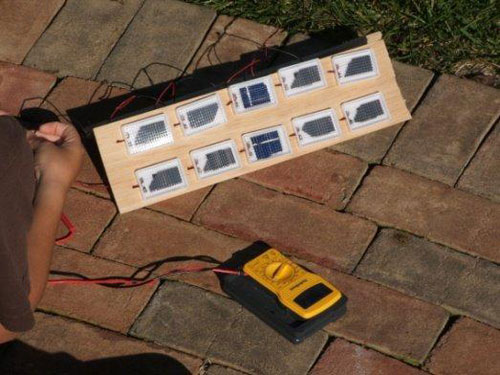
For several months, he took readings from both batteries in different conditions. Strangely enough, but the bizarre form of the battery of elements arranged according to the Fibonacci formula worked more efficiently than usual - at least according to the measurements of the guy. It allegedly generates a total of 20% more electricity, collecting solar energy an average of 2.5 hours longer each day.
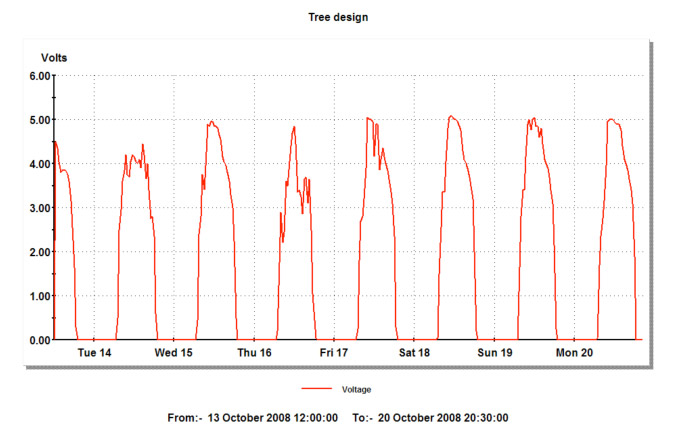

The enterprising Aidan Dower already has a patent in his own name. Even if his invention does not have a commercial sense (judging by the photograph , his “tree” is actually twice as many photocells as compared to the “usual” sample), but the work done is a matter of respect. If only all the children were interested in such studies ...

The student studied the natural manifestations of Fibonacci numbers . His attention was attracted by the fact that the leaves on the branches of trees are arranged in the form of a repeating spiral in a strict mathematical order .

')
The location of the leaves is described by a fraction, in which the numerator and denominator are included in the Fibonacci sequence: 1/2, 2/5, 1/3, 3/8, 5/13 (this phenomenon was first described in the work of the Swiss biologist Charles Bonnet in 1754) .
An inquisitive boy designed a device for measuring nodes on branches and collected experimental data from samples that he found near the house.

The theory was confirmed - indeed, the location of nodes is always described by a function with Fibonacci numbers.
The guy became interested in this topic and tried to find the answer, for what reason nature uses this mathematical formula in the design of trees. Immediately came to mind the idea of photosynthesis. Perhaps the Fibonacci sequence allows you to arrange the leaves in an optimal way to absorb the maximum amount of light in a moving light source (the sun).
Aidan Dower decided to test this thesis with the help of photocells. He used the formula for the arrangement of oak leaves in a computer model of a solar battery, where photocells are located instead of leaves.

Then Dwyer designed a real solar panel for this model. The idea was to compare the effectiveness of such a battery with a conventional solar battery, where all photocells are parallel to each other.

The schoolboy also made an ordinary solar cell from the same photocells.

For several months, he took readings from both batteries in different conditions. Strangely enough, but the bizarre form of the battery of elements arranged according to the Fibonacci formula worked more efficiently than usual - at least according to the measurements of the guy. It allegedly generates a total of 20% more electricity, collecting solar energy an average of 2.5 hours longer each day.


The enterprising Aidan Dower already has a patent in his own name. Even if his invention does not have a commercial sense (judging by the photograph , his “tree” is actually twice as many photocells as compared to the “usual” sample), but the work done is a matter of respect. If only all the children were interested in such studies ...

Source: https://habr.com/ru/post/126692/
All Articles